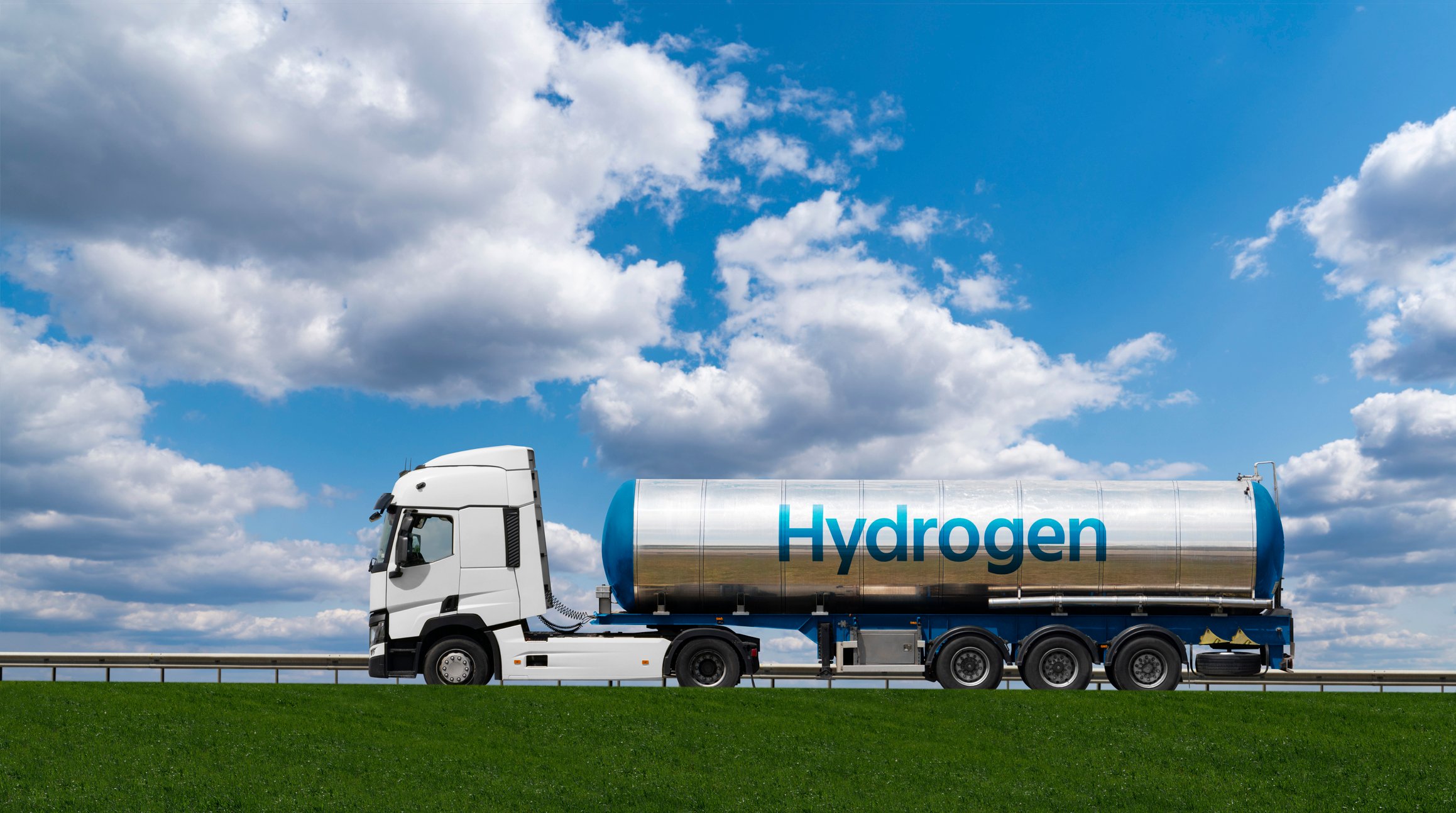At the beginning of 2017, General Electric's (GE +0.39%) management still expected the industrial conglomerate to achieve earnings per share of $2 in 2018. By the end of the year, that forecast had been cut in half -- as had GE's dividend -- and CEO Jeff Immelt and CFO Jeffrey Bornstein had both been shown the door.
In this episode of Industry Focus: Energy, the team discusses the problems that led to GE's terrible 2017 performance and reviews the turnaround plan announced last fall. New CEO John Flannery intends to dramatically simplify General Electric to drive better results going forward.
A full transcript follows the video.
This video was recorded on May 31, 2018.
Sarah Priestley: Fill us in on some context here, Adam. What's the big picture at GE?
Adam Levine-Weinberg: GE, for many years, was considered a role model for the American economy and for other companies. It was one of the biggest industrial conglomerates in the U.S. Particularly under Jack Welch, its long-serving CEO in the 80s and 90s, it was able to generate very substantial earnings growth and was very reliable in terms of beating its earnings targets. The problem was that, to some extent, GE's success was a mirage and it was based on, nothing illegal, but, very aggressive accounting, and also some ill-chosen acquisitions. They got into areas that were profitable for a while, and all of that, unfortunately, has collapsed in a very short time and come back to haunt GE.
In 2017, you saw a GAAP loss of $0.60 per share for the company for the full year. Their adjusted earnings were also a loss of $0.45 a share. A lot of that came from this charge that you mentioned, more than $6 billion for its long-term care insurance subsidiary. This is one of those areas that seemed really profitable a couple of decades ago, to sell long-term care insurance to people who were worried about their healthcare needs for retirement. Unfortunately, healthcare costs have gone up far more than anybody expected at the time, so these policies have turned out to be extremely unprofitable. GE booked lots of profits in the 80s, 90s and 2000s on these policies, and now it's come back to haunt them, causing that big charge.
You also saw the big downturn in the power market that Sarah mentioned. 45% drop in segment profit for Power. Since that's the largest segment in terms of revenue, that clearly hurt the bottom line quite a bit last year. The only segments that were still posting earnings growth in 2017 were Aviation, Healthcare, and Renewable Energy. In addition to the accounting losses that GE reported, it also saw a big decline in its cash flow. As a result, that forced GE to cut the dividend, as you mentioned.
With John Flannery in position -- he also has a new CFO in place, Jamie Miller -- they presented a turnaround plan to investors at an investor day conference last November. Part of that plan involves divesting $20 billion of assets by 2019. GE is also planning to exit the oil and gas market, because it sees that business as being too dependent on commodity prices. When oil prices are up, they make money; when oil prices go down, the business doesn't do well, regardless of how well it's managed. They want businesses that they can manage to drive sustainable earnings growth.
So, as a result, you're going to see a future GE that's focused on three key markets: Power, Aviation, and Healthcare.
Priestley: You touched on a great point about the long-term care policies. I think this is something that really spanned the whole of Immelt's tenure. He would invest in the hot thing at the time. He made a lot of oil and gas acquisitions when oil and gas was at its peak. He invested at the pro cycle points on a lot of businesses, and now you're seeing the result of that. Another example would be their buybacks. They've tended to buy back very high under Immelt.






